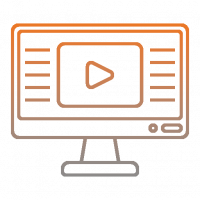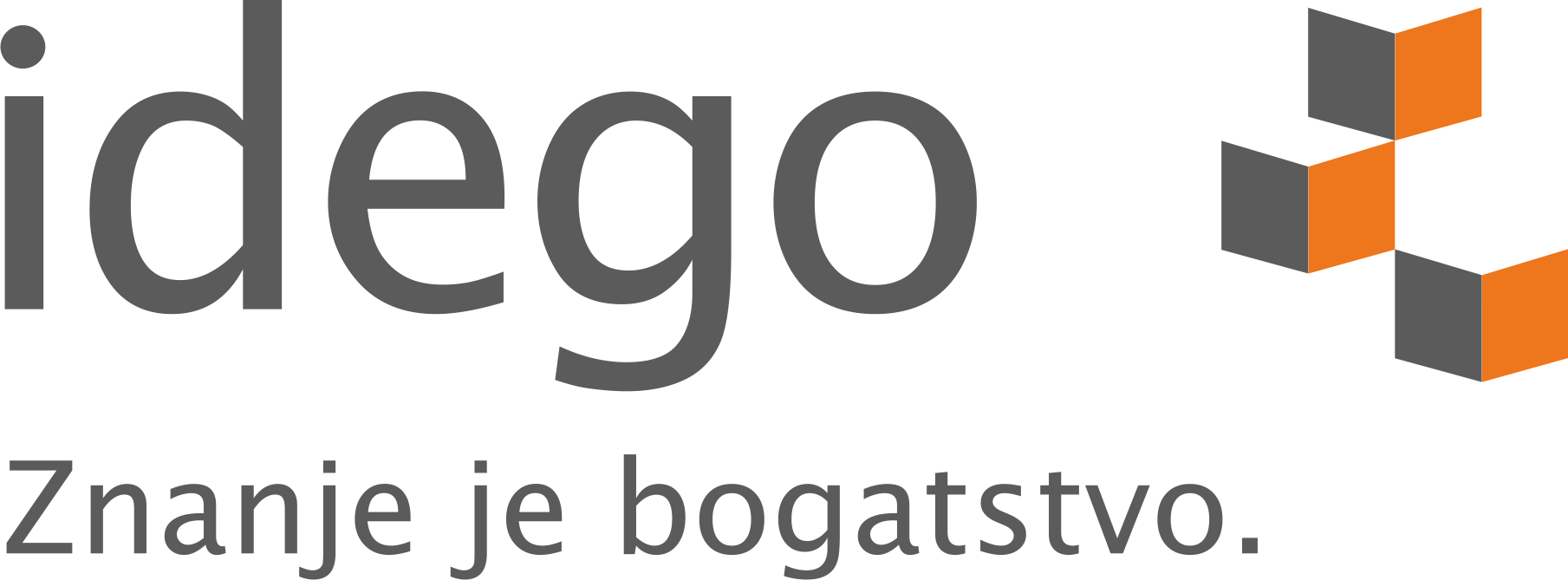Considering global trends in rapid learning, we design and create eLearning courses for our clients.
Nano learning, also known as bite-sized learning, is a continuous learning process in which learners acquire knowledge without investing long hours; instead, it offers shorter, concise learning capsules.
The National Association of State Boards of Accountancy (NASBA) defines nano learning as a learning program designed to enable participants to learn a specific topic within ten minutes using electronic media, without real-time interaction with the system.
Nano learning makes learning faster and easier for professionals and students across various fields who require constant updates but struggle to keep up with the latest developments due to a lack of time.
In other words, nano learning is a tailor-made solution for 21st-century learners who cannot adapt to long study hours in their fast-paced lives. Moreover, research shows a significant decline in attention spans, making nano learning a more sustainable approach.
When dealing with more complex materials, we strive to break them down into smaller units in line with nano learning practices. These units can then be combined into multiple different training programs for various student audiences.

Multimedia Features
- - Narration (native voice-over recorded in studio conditions)
- - Animations
- - Images
- - Videos

Interactive Features
- - Require participants to stay focused on the material throughout the training, ensuring effective knowledge acquisition
- - To maintain attention, we enrich the training with various types of quizzes and knowledge checks
- - The eLearning portal itself enables independent testing and knowledge assessments for both individuals and organizations

Personalized Features
- - We develop eLearning courses tailored to specific clients based on materials they provide. These materials may come in the form of PDFs, Word documents, presentations, flyers, etc. Upon request, and in collaboration with university professors, we also create educational content on assigned topics.

Multimedijske
- - naracija (nativni narator – glas snimljen u studijskim uslovima);
- - animacije;
- - slike;
- - videa.

Interaktivne
- - zahtjevaju od polaznika da tokom cijele edukacije budu fokusirani na praćenje materijala i na taj način usvajanje znanja.
- - kako bi zadržali fokus na edukacije, dodatno ih obogaćujemo raznim vrstama testova i provjerama znanja.
- - sam portal na daljinu omogućava provođenje nezavisnih testiranja i provjera znanja pojedinaca i organizacije.

Personalizovane
- - elektronske edukacije izrađujemo za poznatog klijenta na osnovu materijala koje dostavi. Materijali mogu biti u formi pdf., word dokumenata, prezentacija, flyera itd.. Po zahtjevu klijenta, u saradnji sa univerzitetskim profesorima kreiramo sadržaj edukacija na zadane teme.
In addition to the listed courses, the Moodle eLearning portal allows for the placement of various other resources such as presentations, PDF documents, video materials, etc.
At the client’s request, we also create courses in other languages.
When developing eLearning courses, we ensure compliance with copyright protection, meaning all materials/resources we use are either legally purchased or originally developed.
eLearning courses remain the permanent property of the client, without limitations regarding time, the number of students (users), or access attempts.
The process of developing eLearning courses is complex and sensitive, and the success of the entire eLearning project depends on it. Therefore, it requires careful attention, with training goals set in accordance with the SMART method:
S
(Specific)
We define clear and specific learning objectives. ..............................................
M
(Measurable)
With the help of various tools and methods, we measure the outcomes of the training.
A
(Accepted)
The training objectives should be acceptable to all participants.
R
(Realistic)
The objectives should be realistic. ..............................................
T
(Time-Based)
The objectives should be time-bound.
S
(Specific)
Specificiramo ciljeve edukacije .........................................................
M
(Measurable)
Uz pomoć raznih alata i metoda mjerimo rezultate edukacije.
A
(Accepted)
Ciljevi edukacije trebaju biti prihvatljivi za sve sudionike.
R
(Realistic)
Ciljevi trebaju biti realistični. ....................................................................
T
(Time-Based)
Ciljevi trebaju biti vremenski određeni. ............................................................
Once we align the training objectives with the client, we begin the process of designing and developing eLearning courses, which includes the following stages:
- Reviewing client-provided materials and creating a detailed training scenario – the “storyboard”
- Client approval of the designed storyboard
- Development of visual and audio components of the training in line with the approved storyboard
- Synchronization of visual and audio elements
- Testing of the completed eLearning course
- Final adjustments
- Delivery of the eLearning course
Gamification
Gamification is a teaching method in which learners acquire certain skills or knowledge by playing an actual game or through the implementation of game elements. It is the use of game mechanics in non-game environments. The goal of gamification is to increase learner motivation and improve knowledge retention, while also boosting learner engagement through mechanisms such as badges, leaderboards, surprises (easter eggs), hidden clues, codes, points, progress bars, competitions between groups or departments, storytelling (narrative), and more. In line with the training objectives, we design content using gamification mechanisms and techniques that raise levels of engagement and satisfaction, making it easier to master new skills and acquire new knowledge. A gamified lesson or course retains the same learning objectives but makes the learning process more enjoyable and easier.

